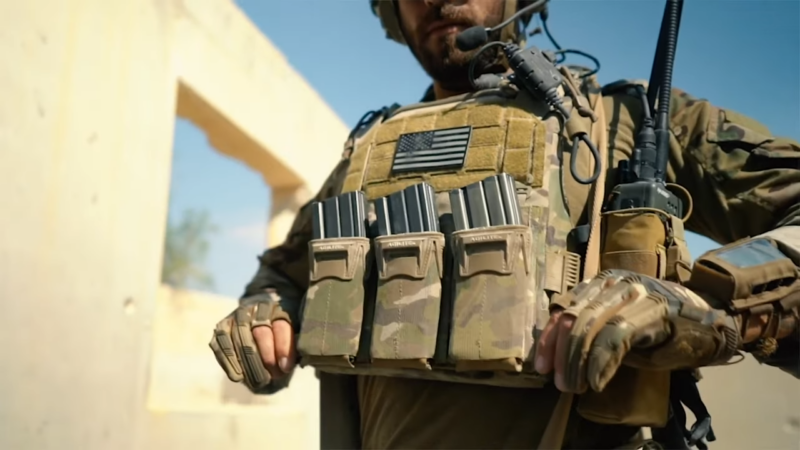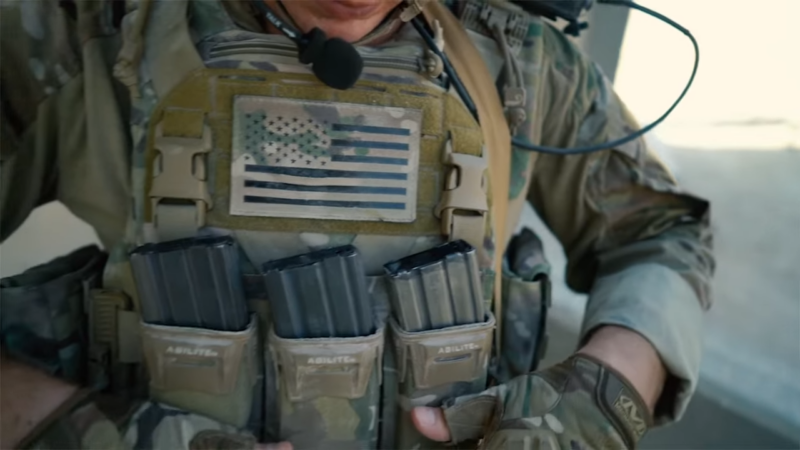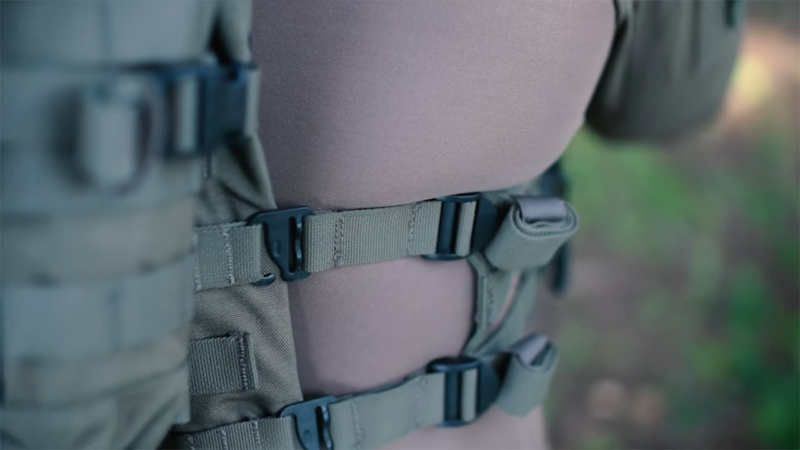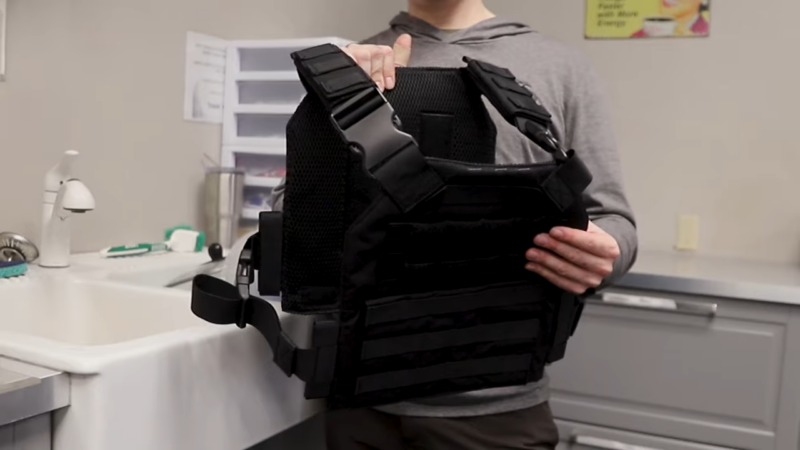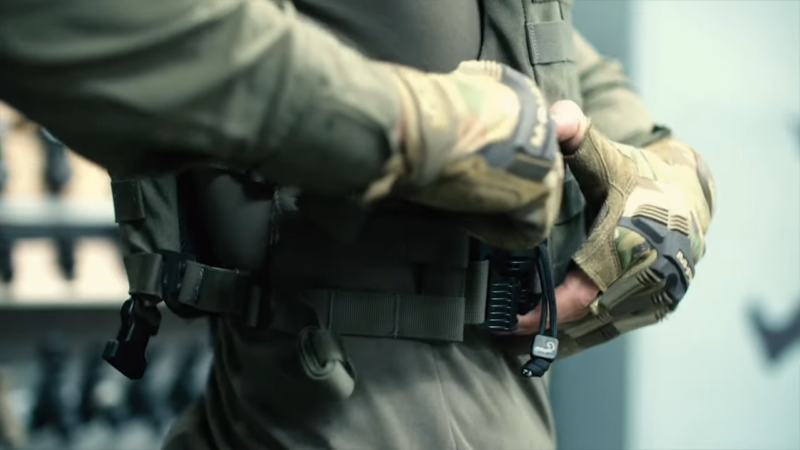Choosing the right tactical plate carrier is a crucial decision for anyone involved in law enforcement, military operations, security detail, or even recreational activities like paintball or airsoft. A tactical plate carrier not only offers protection by holding armor plates but also provides essential support for carrying gear and supplies effectively.
As the demands on personnel in high-stress environments increase, so does the need for equipment that offers both high functionality and adaptability. In 2024, the variety and sophistication of tactical plate carriers have evolved significantly, reflecting advancements in materials technology, ergonomic design, and modular capabilities.
Whether you are a seasoned professional looking for an upgrade or a newcomer preparing for your first foray into tactical situations, understanding how to choose the right plate carrier can be the difference between adequate protection and optimal performance. Let’s explore what it takes to select the right tactical plate carrier for your needs, ensuring you are well-equipped and ready for any challenge.
What Do You Need to Understand When It Comes to Protection Levels and Plate Types?
When selecting a tactical plate carrier, the primary consideration should be the level of protection it provides. Plate carriers are designed to hold armor plates that come in various levels of ballistic protection, classified by standards set by organizations like the National Institute of Justice (NIJ). These classifications range from Level IIA, which offers protection against lower-velocity handguns, to Level IV, which can stop armor-piercing rifle rounds.
It’s essential to match the protection level of the plates with the threats you are most likely to encounter. For instance, law enforcement officers in urban environments might prioritize Level IIIA protection for defense against high-caliber handguns, while military personnel might require Level IV plates for protection against rifle rounds in combat scenarios.
Additionally, consider the material of the plates. Ceramic plates offer high-level protection with relatively lightweight but can be brittle and may not withstand multiple hits. Steel plates are very durable and can take multiple hits but are heavier, which can impact mobility.
Polyethylene plates are extremely light and offer good protection but can be thicker and bulkier. Each material has its trade-offs, and choosing the right one involves balancing protection, weight, and durability to suit your operational needs.
Considerations when It Comes to Fit and Comfort
As you can see here, tactical plate carriers must fit well to provide maximum protection and mobility. An ill-fitting carrier can restrict movement, be uncomfortable, or fail to keep the plates in the correct position, compromising safety. When choosing a carrier, consider factors such as the length of the vest, which should cover your torso without impinging on your hip movement for bending or sitting.
Adjustability is also crucial. Look for carriers with adjustable shoulders and waist to ensure a snug fit that keeps the armor in place but also allows for enough flexibility and breathability. Padded shoulders can add comfort, especially under the weight of heavy plates and loaded gear.
Moreover, the design of the carrier affects how weight is distributed across your body. Ergonomically designed carriers help distribute weight evenly to prevent fatigue and strain during extended wear, which is particularly important in prolonged operations or missions.
Customizing and Configuring the Plate Carrier
Modularity refers to the ability to customize a plate carrier with various attachments and configurations depending on the mission’s needs. A modular carrier with a MOLLE (Modular Lightweight Load-carrying Equipment) system allows for the attachment of pouches, holsters, and other gear, enabling you to tailor the loadout precisely.
When assessing modularity, consider the types of missions you undertake and the gear you need to carry. A well-designed modular system should allow for quick adjustments and reconfiguration, adapting to different roles or changes in operational requirements without requiring a completely new setup.
Understand the Maintenance and Durability
The durability of a tactical plate carrier is critical, especially for those operating in harsh or unpredictable environments. The carrier should be made of high-quality, abrasion-resistant materials that can withstand the rigors of field use without compromising the carrier’s integrity or functionality.
Look for carriers constructed with reinforced stitching and robust fabrics like Cordura nylon, which are known for their resistance to tearing and environmental wear.
Maintenance is another important aspect of durability. Your plate carrier should be easy to clean and maintain, as it will likely be exposed to dirt, sweat, and possibly blood or other contaminants.
Some carriers feature components that are removable and machine washable, making regular cleaning more manageable. Additionally, the ease of repairing the carrier should be considered; modular components that can be easily replaced or repaired in the field are highly advantageous.
Consider Integration with Other Gear when Choosing the Plate Carrier
When selecting a tactical plate carrier, consider how well it integrates with your existing gear. The carrier should not impede access to other essential equipment such as sidearms, radios, or medical kits. Efficient integration ensures that your gear is accessible and secure, which is crucial in high-stress scenarios where every second counts.
Check for compatibility with duty belts, backpacks, and helmet systems. The carrier should allow for a full range of motion, including reaching for items mounted on a duty belt or backpack. Features like side cutouts can enhance compatibility with hip-mounted gear, and shoulder designs should accommodate the comfortable use of a rifle or other shoulder-fired weapons.
Make Sure You Consider Specific Operational Environment Needs
Finally, consider the specific requirements of your operational environment. For desert operations, a plate carrier in a light color or camouflage pattern that blends with the environment may be necessary, along with materials that reflect heat and provide good ventilation. For maritime operations, you might need a plate carrier with quick-dry materials and built-in flotation devices.
Understanding your operational environment also includes considering potential weather conditions. Plate carriers with built-in hydration systems and moisture-wicking fabrics might be essential in hot climates, while carriers designed for low visibility or with additional insulation are better suited for cold or nocturnal environments.
In Conclusion
By thoughtfully evaluating these aspects, you can choose a tactical plate carrier that not only offers robust protection and essential functionality but also enhances your mobility and operational readiness.
Whether for military engagements, law enforcement duties, or tactical recreation, the right plate carrier is pivotal in maintaining your safety while allowing you to perform at your best, especially in the most demanding environments like those encountered by elite special operations forces.
With the appropriate plate carrier, you’re equipped to face challenging situations with confidence, knowing that your gear is as reliable and prepared as you are.

